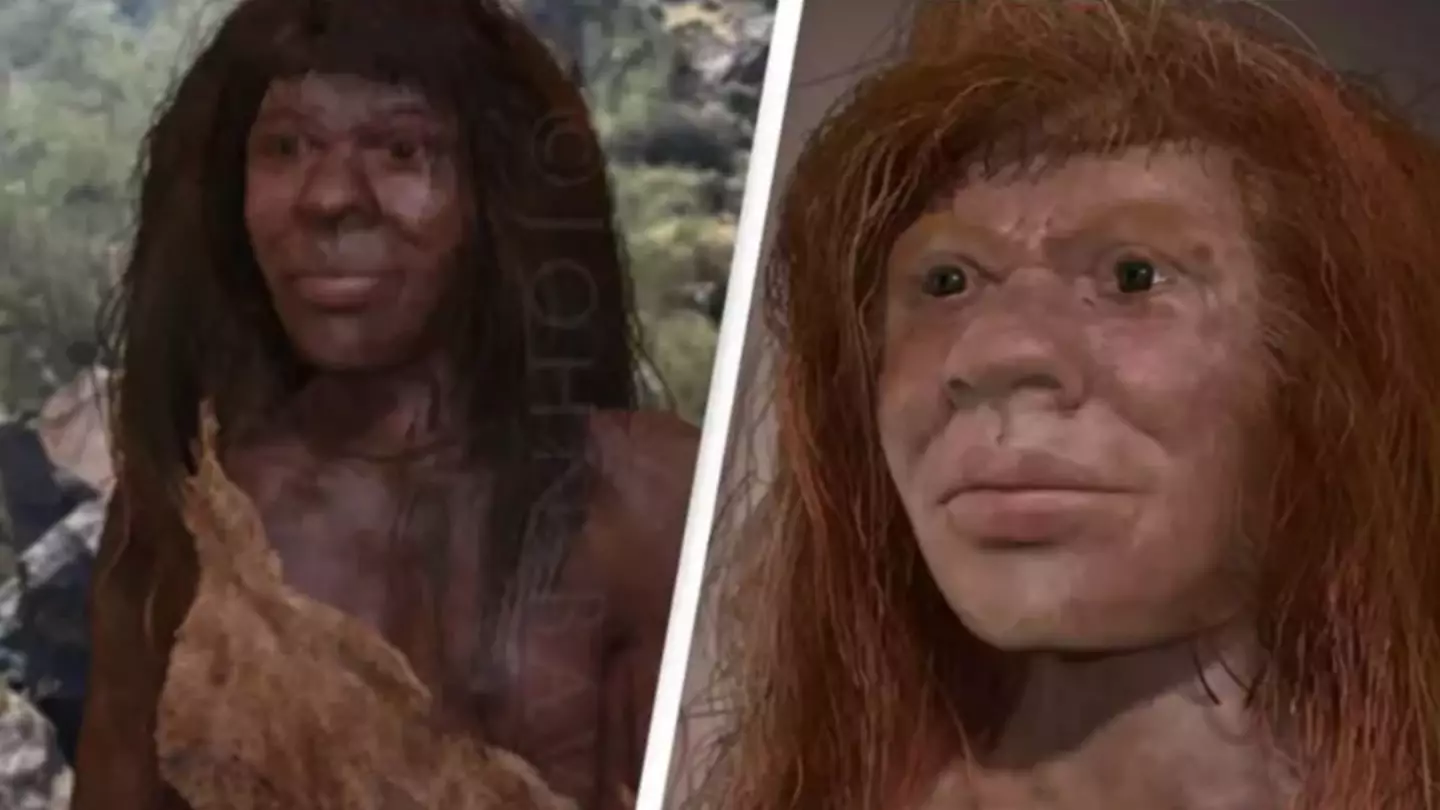The incredible case of the only known individual whose parents were two different species
Scientists made the discovery last year using fragments of teeth and bones
Featured Image Credit: John BavaroTopics: Science, Weird, Art, World News, Education


